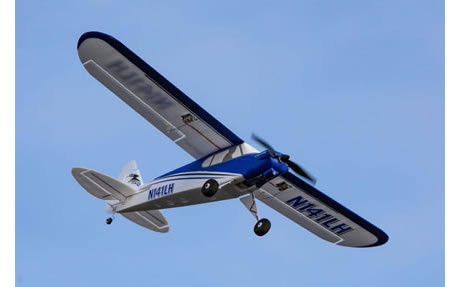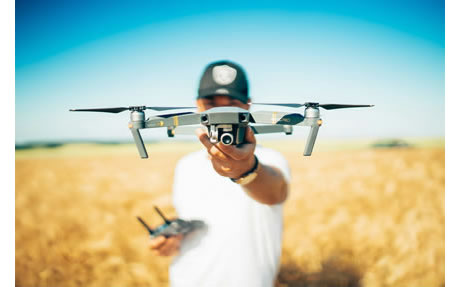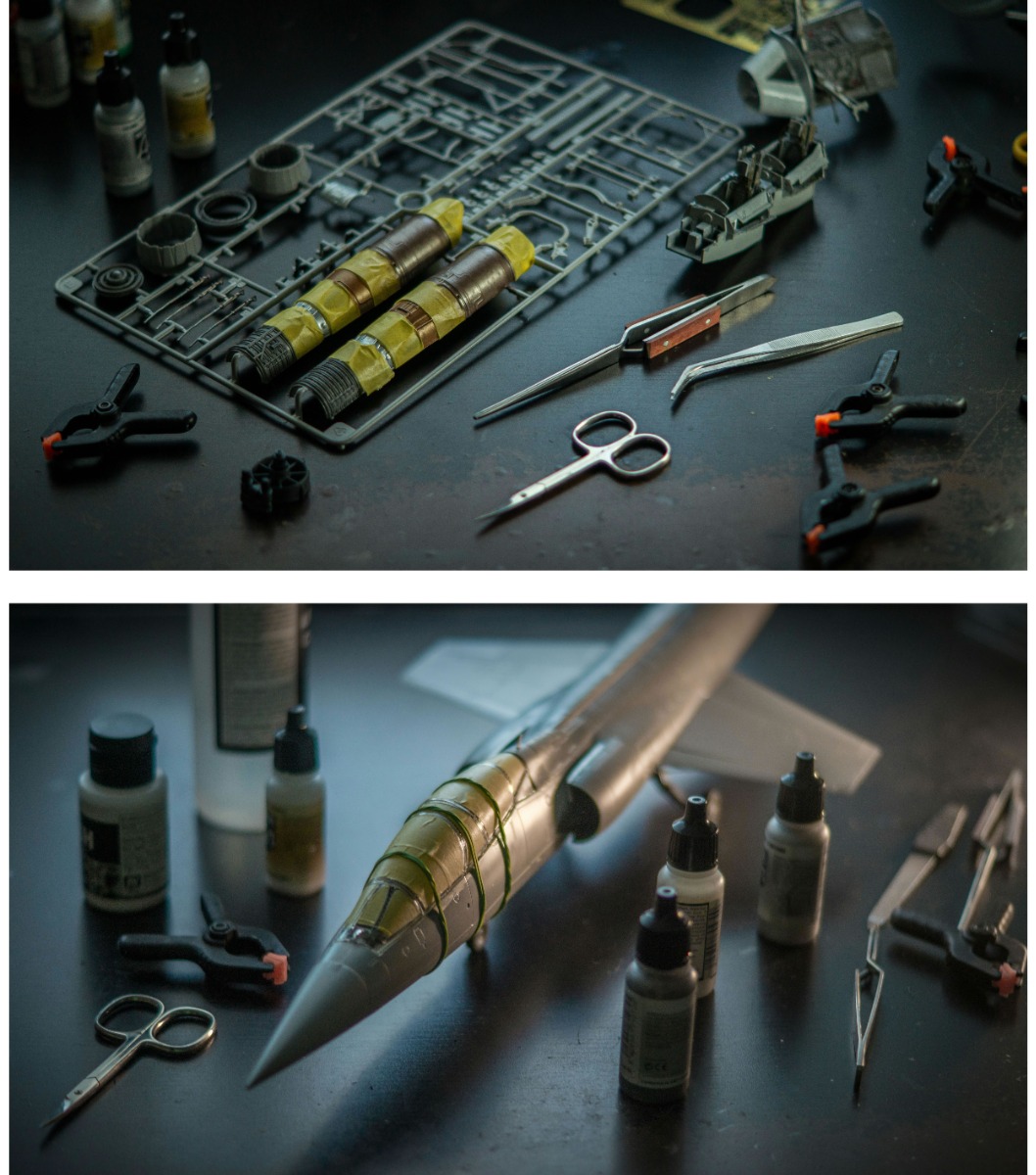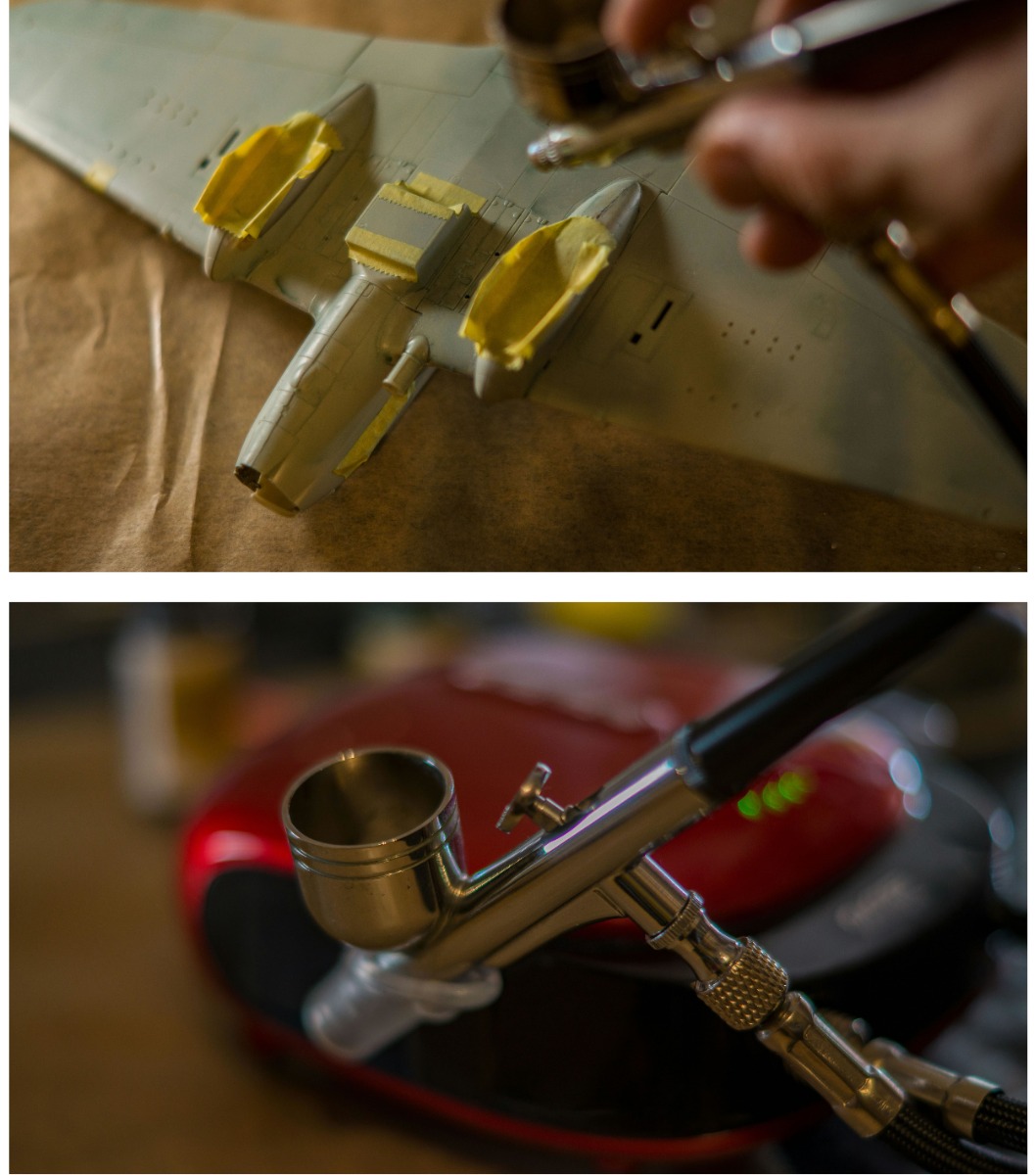Eduard 1/32 Messerschmitt Bf-109E-4 ProfiPACK Edition # 3003
The ProfiPACK edition kit of German WWII fighter aircraft Bf 109E-4 in 1/32 scale.
The kit contains five markings of famous Luftwaffe fighter pilots of different Luftwaffe units.
- plastic parts: Eduard
- marking options: 5
- decals: Eduard
- PE parts: yes, pre-painted
- painting mask: yes
- resin parts: no
COL A WNr. 5344, Maj. Helmut Wick, CO of JG 2, Beaumont, France, November 1940
COL B WNr. 5587, Ofw. Fritz Beeck, 6./JG 51, Wissant, France, August 1940
COL C Lt. Josef Eberle, 9./JG 54, the Netherlands, August 1940
COL D WNr. 1480, Oblt. Franz von Werra, II./JG 3, Wierre-au-Bois, France, September 1940
COL E WNr. 5819, Obstlt. Adolf Galland, CO of JG 26, Audembert, France, December 1940
The Messerschmitt Bf-109E-4, part of the renowned Bf-109 series, was a critical German fighter aircraft during the early years of World War II.
Designed by Willy Messerschmitt, the Bf-109E series, known as the "Emil," played a pivotal role in the Luftwaffe's efforts during major campaigns such as the Battle of France and the Battle of Britain.
Engine and Performance:
Engine: The Bf-109E-4 was powered by the Daimler-Benz DB 601Aa engine, a liquid-cooled inverted V-12 engine that provided the aircraft with 1,175 horsepower.
Speed: The aircraft could reach a maximum speed of approximately 570 km/h (354 mph) at an altitude of 4,000 meters (13,120 feet).
Range: Its operational range was around 660 kilometers (410 miles) with standard fuel, extendable with additional fuel tanks.
Armament:
Machine Guns: The Bf-109E-4 was equipped with two 7.92 mm MG 17 machine guns mounted above the engine cowling.
Cannon: The aircraft also featured two 20 mm MG FF/M cannons mounted in the wings, significantly enhancing its firepower compared to earlier models.
Design and Aerodynamics:
Airframe: The Bf-109E-4 maintained the basic design of its predecessors, characterized by a single-seat, low-wing monoplane configuration. Its all-metal construction contributed to its durability and performance.
Cockpit: The cockpit was equipped with an armored windscreen, providing the pilot with better protection in combat.
Aerodynamic Enhancements: The E-4 variant introduced refinements such as a more robust canopy and improved aerodynamics, contributing to its effectiveness in dogfights and high-speed maneuvers.
Operational Use:
Roles: The Bf-109E-4 served as a versatile fighter, capable of engaging in air superiority, interception, and ground attack missions.
Combat: It was prominently used during the Battle of Britain, where it faced off against the Royal Air Force’s Hurricanes and Spitfires. Its performance in these critical battles showcased both its strengths and limitations.
Deployment: The aircraft was widely deployed across various Luftwaffe units and flown by many of Germany’s top aces, who praised its agility and firepower.
Legacy:
Impact: The Bf-109E-4 was instrumental in the Luftwaffe's early wartime successes and set the standard for subsequent fighter aircraft designs.
Evolution: Its design and combat experience influenced later Bf-109 variants, which continued to evolve and serve throughout the entirety of World War II.
The Messerschmitt Bf-109E-4 was a formidable fighter aircraft that played a crucial role in the Luftwaffe’s early campaigns during World War II.
With its powerful engine, robust armament, and agile design, the "Emil" demonstrated the effectiveness of the Bf-109 series in establishing air superiority.
Its legacy as a key component of Germany’s wartime aerial strategy remains significant in the history of military aviation.





















 Spread the cost with Paypal Credit
Spread the cost with Paypal Credit
 Spread the cost with Klarna
Spread the cost with Klarna










